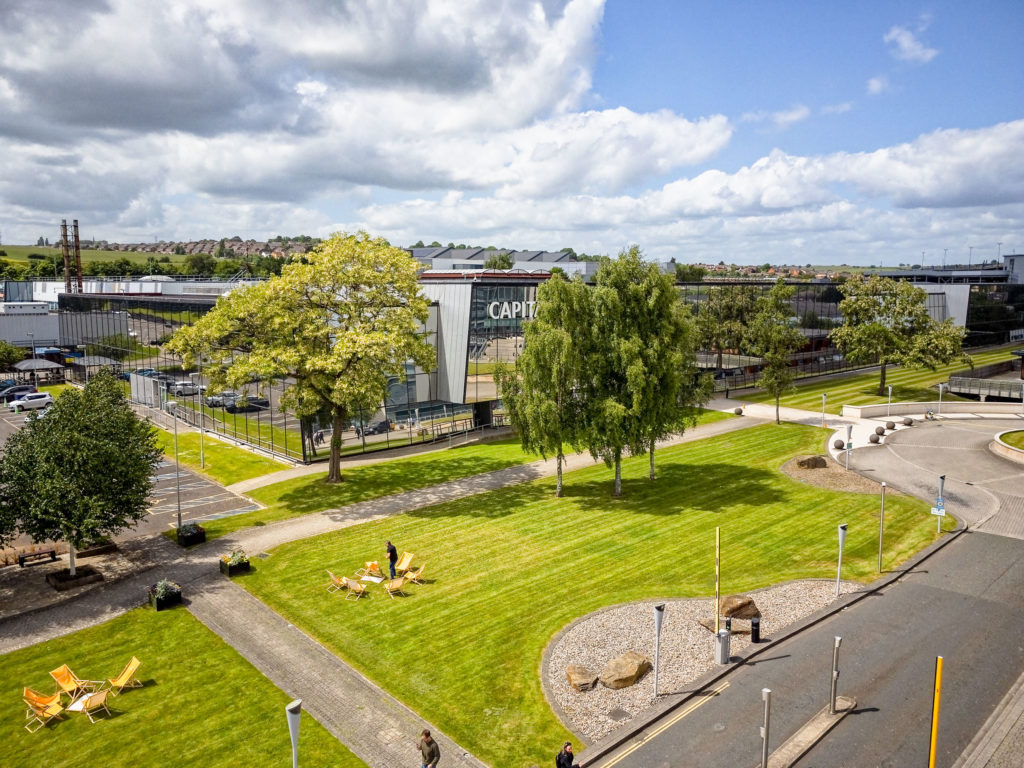Richard Dunn, office agent at Sanderson Weatherall, guides you through seven ways to make moving offices a success.
The sustainability agenda and drive towards net zero, along with the post pandemic shift to hybrid working, is motivating more and more businesses to move offices. It’s an exciting time for any business, but there’s no doubt that moving is a big project.
From finding the right space and negotiating your lease, to designing your new work environment and managing moving day logistics, there’s a lot to think about. But the benefits of a move can be huge, helping to re-energise the team, attract new talent, and ultimately make your business more successful.
I’ve been an office agent in Yorkshire for 20 years and have advised many businesses on relocations. I’ve seen it done well and watched businesses flourish in their new spaces, I’ve also seen the pitfalls, shortcuts and missed opportunities.
So here are my seven ways to make your move a success:
- Evaluate
Why do you want to move?
Whether its size, location, cost, quality, energy efficiency, or all of the above, evaluate why you want to move and set some objectives. It will help you think clearly throughout the relocation process, especially when choosing the building and space that’s right for you.
Understand what you’re leaving behind
You may need to save some of your relocation budget for costs associated to your current office. Understand your current lease and identify any costs you may incur when you leave. You should also assess if there are any post tenancy building repairs you need to pay for.
- Communicate
Talk to people within your business and find out what they want out of their office.
Make sure the relocation, budget and objectives for the move have been agreed by your stakeholders. This will help you during the process and help speed negotiations up when you find the space you want.
- Analyse
Where
Understand the market and analyse how the new location will impact on your business, and on your team.
What
Have a vision of what you want by asking yourself these questions: How much space do we need? What energy targets do we need to deliver? What sort of working environment do we want to achieve for our employees?
When
Competition for space means you might need to move quickly when you find somewhere you like. Be clear on your timescales for the move, and factor potential overlaps into your budget.
- Identify
When you’ve found a space you like, check it meets all of your objectives by thoroughly understanding the specification and credentials of the building.
Identify any potential issues with the building by undertaking a due diligence survey. Check the space can safely fit the number of people in your business and that it complies with health and safety regulations.
Be aware of the service charge and check over previous budgets. This will help you understand how the building is managed and see if any expensive repairs have been undertaken and charged back to the tenants.
Get to know who your potential neighbours might be. Surrounding occupiers can tell you a lot about a location and any potential for new business opportunities.
- Negotiate
With a competitive market, landlords are unlikely to wait around, so once you’ve chosen your space, you’ll need to move at a good pace to secure it.
With increasing demand for Grade A space and rising rents, the landlord may be bullish with negotiations, which is where an experienced office agent can help.
Check the paperwork with your solicitor and make sure you understand the terms of your lease and it doesn’t have any unreasonable clauses.
- Create
Think about what sort of environment you want to create for your staff, and how you can deliver on your ESG strategy through your fit out.
Create a space to inspire and engage staff, encourage a better sense of culture and community, and boost office attendance and productivity.
A well designed fit out can also help you deliver a sustainable and energy efficient environment and meet your net zero targets.
- Manage
Once you’ve settled into your new office, keep an eye on your occupational costs and identify where you may be able to make ongoing cost reductions.
Understanding your business rates, rent reviews and setting up maintenance and repair management will help you to avoid any sudden costs during your tenancy.
Continue reading

After a busy few months of construction, we’re proud to unveil the latest phase of...
Read More
We would like to inform you that the A6110 Ring Road and A643 Elland Road consultation...
Read More



